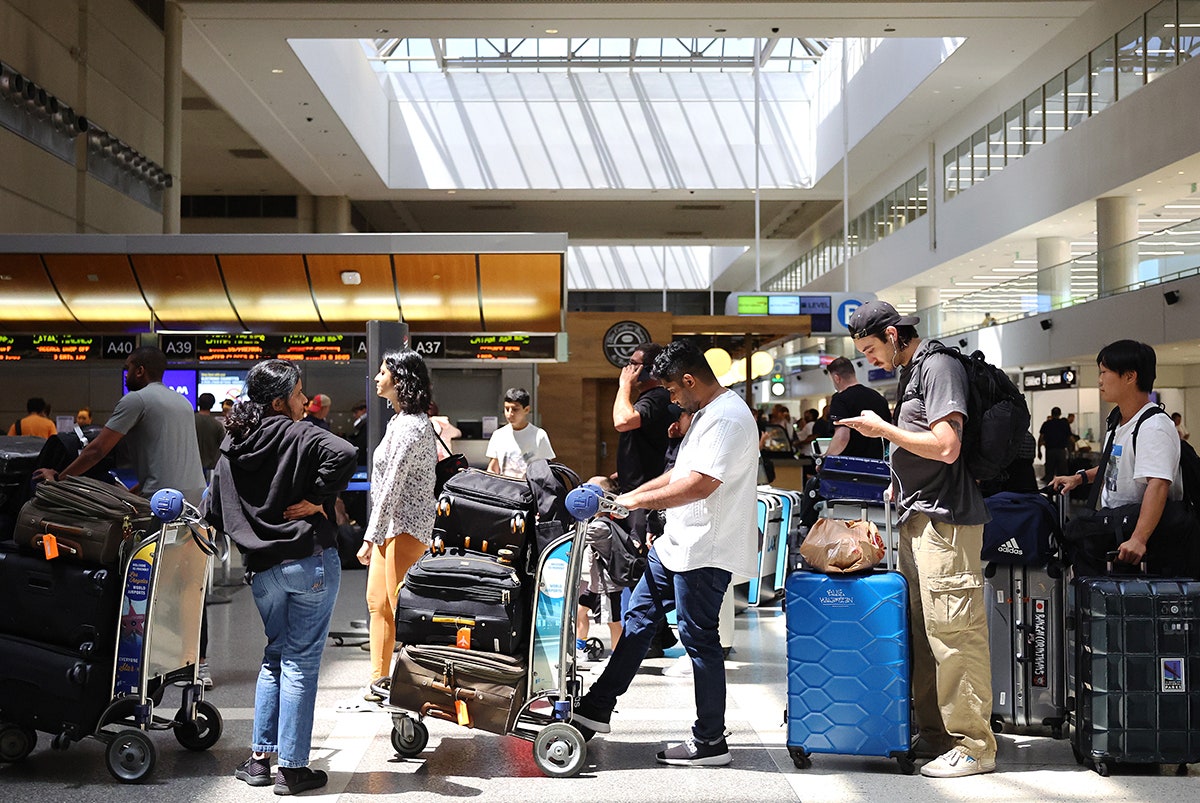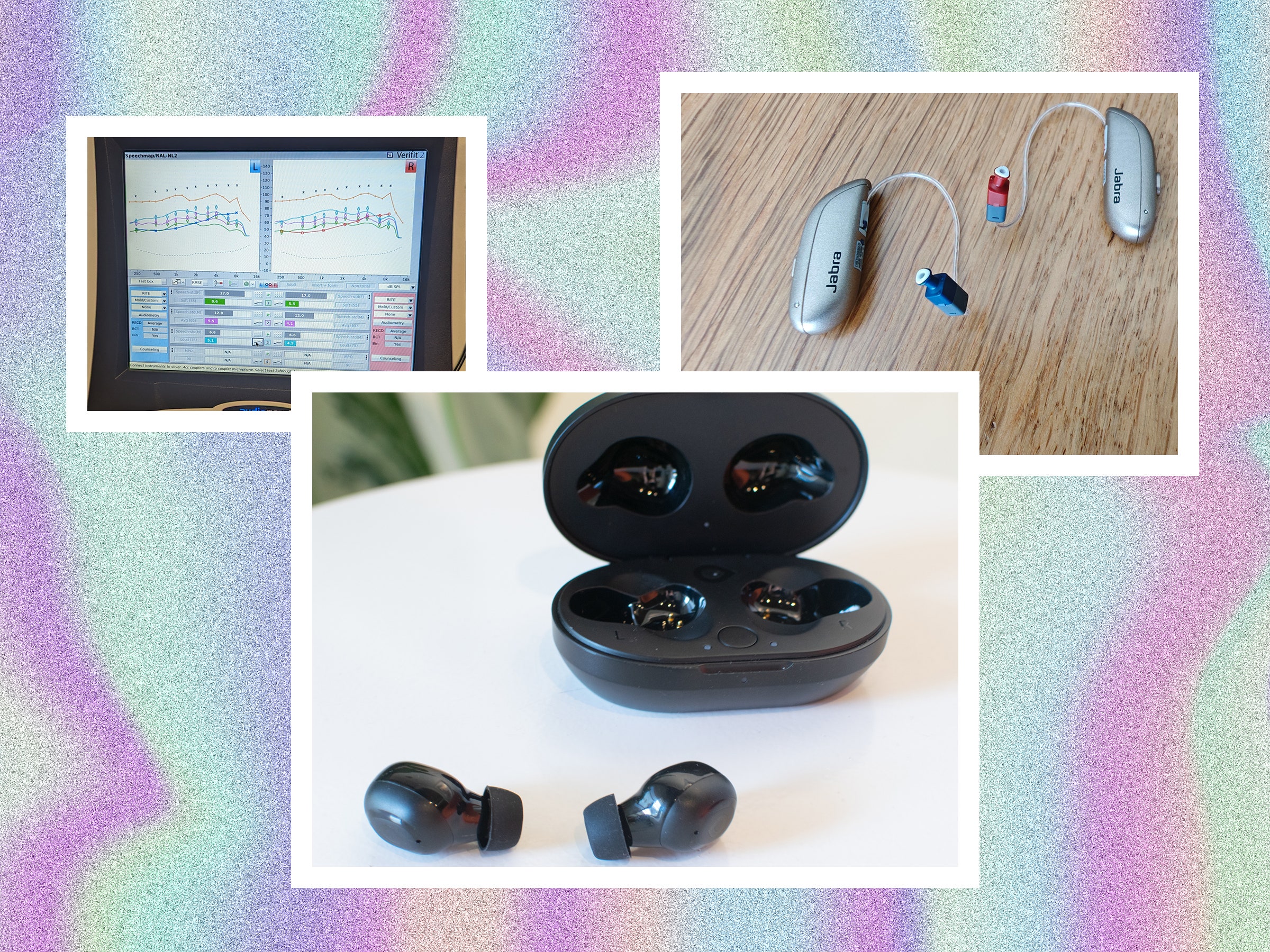How Early Do You Really Need to Get to the Airport? It Depends

As an anxious traveler, I always arrive way too early at the airport. After sitting around for a while at my gate, I end up wandering back to the food court and shelling out too much for a cinnamon roll or some other ultra-processed treat. There’s got to be a better way to approach air travel, and the first step is knowing when to arrive at the appropriate time.
Searching around online, the conventional wisdom is that travelers should arrive at the airport two hours before domestic trips and three hours before international ones. But when I interviewed a spokesperson for the US Transportation Security Administration, they told me such a blanket recommendation for airport arrival is obsolete because of all of the potential variables you may encounter when traveling.
So, what’s the answer? You likely don’t need a full two hours for domestic flights. If you pack light and arrive at the airport prepared, you can typically show up an hour ahead of time and likely get on the plane just fine. Even though that’s true, the exact time you really need to get to the airport depends on the specifics of your flight as well as your pre-trip preparation—whether you’re just flying home to visit family or leaving the country on a multi-week adventure.
What Are Some Key Factors to Keep in Mind?
- The airport layout. It’s definitely worth considering the layout of the airport you’re flying from and the time it takes to get between terminals. “Some airports are designed to be more streamlined. Reagan National Airport is one that comes to mind, and it’s intended to be very quick to get through,” says Peter Lombard, founder and CEO of a travel company that organizes corporate trips. “Others are more leisure focused, like Orlando, and can take hours to get through.” Take a look at the map of the airport before going, and adjust your arrival time accordingly.
-
TSA PreCheck status. While the exact time it takes you to go through the TSA checkpoint will likely change from trip to trip, a spokesperson for the federal department estimates it takes around 30 minutes for someone to get through a regular checkpoint and around 10 minutes for the TSA PreCheck line.
-
Your baggage. The cut off time to drop off a checked bag for a flight usually ranges from 45 minutes to an hour before departure. “If you have your tickets on your phone and you’re just doing a carry-on, you can show up sometimes an hour before and get on domestic flights,” says Mark Wolters, an avid traveler and popular YouTube creator.
-
Time of day. The TSA spokesperson compares airports to busy roads, in the way that you can anticipate when rush hour traffic occurs. You will often wade through the longest lines at the airport from around 5 am to 7 am as well as around 4 pm to 6 pm. If you show up in the off hours, you’ll typically be able to keep things brisk.
-
Size of group. Off on a solo adventure, or are you leaving with all of your extended family? “The bigger your party, the more time it can take to get everyone processed,” says Lombard. Larger groups should always add some cushion to their airport arrival time to account for unexpected variables during the check-in and security processes.
-
Proximity to holidays. When flying to and from places you’re less familiar with, do some research to learn about any special events or traditions. For example, Wolters encountered exceptionally long lines during a recent trip in Chile, because many of the local miners were headed home on their break. Even though it’s hard to predict something as specific as that situation, it’s still worth double checking for regional holidays and recurring cultural events.
How Can I Make the Process Quicker?
- Travel light. For short trips, try ditching the checked bags and get everything into your carry-on luggage to avoid the line at the ticket counter.
-
Get the apps. You’ll probably just delete it after your trip unless you always fly with a specific company, but go ahead and download the airline’s smartphone app to access the electronic version of your boarding pass and avoid the need to print anything at the airport.
-
Consider PreCheck. While it’s not for everyone, more frequent fliers who are willing to pay for quicker security processing might want to consider getting approved for TSA PreCheck. It essentially gets you through the TSA checkpoint faster via a dedicated line, and it costs around $80 for the initial enrollment.
-
Avoid peaks. Fly in the middle of the day or later in the evening to avoid larger crowds at the airport.
-
Start with an empty bag. Yes, you should go through TSA’s list of what is and isn’t allowed on a flight. But, you should also make sure that your bag is completely empty before you start packing to avoid any accidental contraband.
-
Empty your pockets. Instead of waiting until you’re at the front of the TSA line to fish out your wallet and other knickknacks, consider preemptively putting everything from your pockets into your carry-on as soon as you get in line at the security checkpoint.





